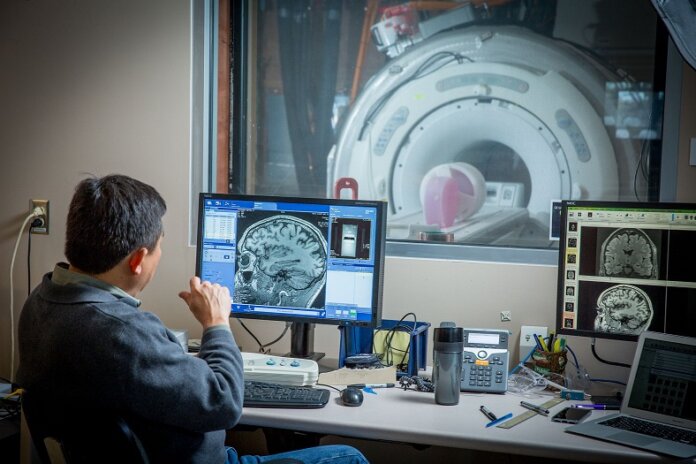A multi-disciplinary team of engineers at GE’s research lab in Niskayuna, N.Y., has been awarded $20.3 million in follow-on funding by the DOE’s Wind Energy Technologies Office to accelerate the design and testing of a new superconducting wind generator.
GE Research, the research and development division of GE, is applying decades of experience to develop a more powerful generator for offshore wind turbines. GE notes the additional funding from the DOE is a testament to the potential of this new type of generator.
With wind generators, GE says the key is delivering more power without increasing the size and weight of the generator itself. The team believes it can apply both the technical expertise and experience scaling magnetic resonance imaging (MRI) technology on the healthcare side to develop a superconducting generator that delivers more power within the same footprint to achieve higher annual energy production (AEP) with reduced weight. This drives down the levelized cost of energy, a key challenge in offshore wind.
“The industries and applications are vastly different, but the technical challenges and goals are very similar,” says David Torrey, senior principal engineer and project leader on the superconducting generator project. “With MRI, we have worked over many decades to increase the magnetic field of the superconducting magnets to deliver better image quality. In wind, we’re seeking to strengthen the magnetic field of the magnet to make generators that deliver more wind power with higher efficiency. With both applications, the goal is to enable these improvements while minimizing their size and weight.”
In addition to increasing power while minimizing the size and weight of the generator design, Torrey notes that the use of superconducting magnets also would eliminate the need for rare earth materials, essential ingredients in the permanent magnets currently being used in offshore wind turbines. Today’s generators typically use about a ton of permanent magnets for each megawatt of rating.
Over many decades, GE Research’s MRI team has made important advancements in superconducting magnets to strengthen their magnetic fields. The first MRI systems introduced were on the order of 1.5 T – but over time have increased in field strength to 3 T – while maintaining a comparable size and weight. GE researchers are currently developing a 7 T head-only MRI system that would more than double the magnetic field strength while containing the size and weight of the system.




